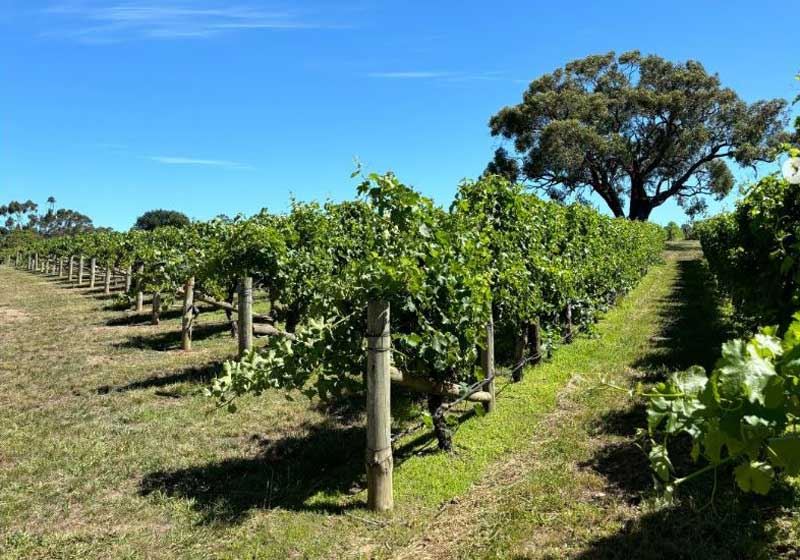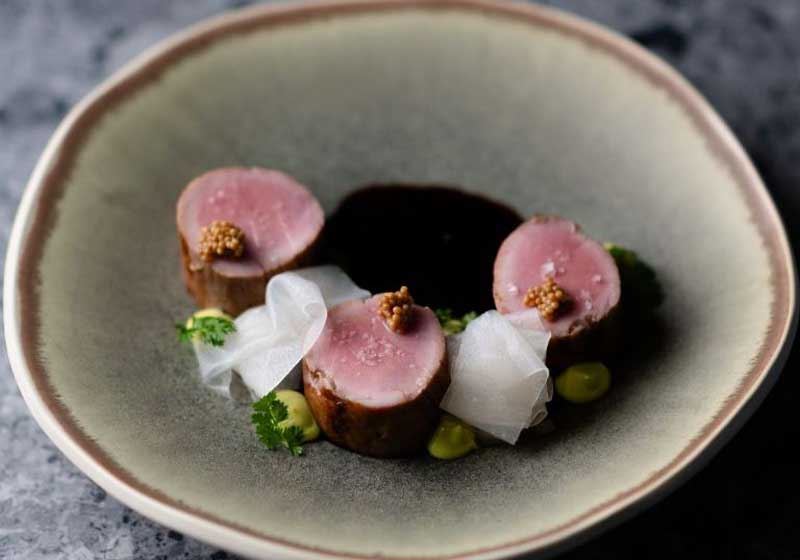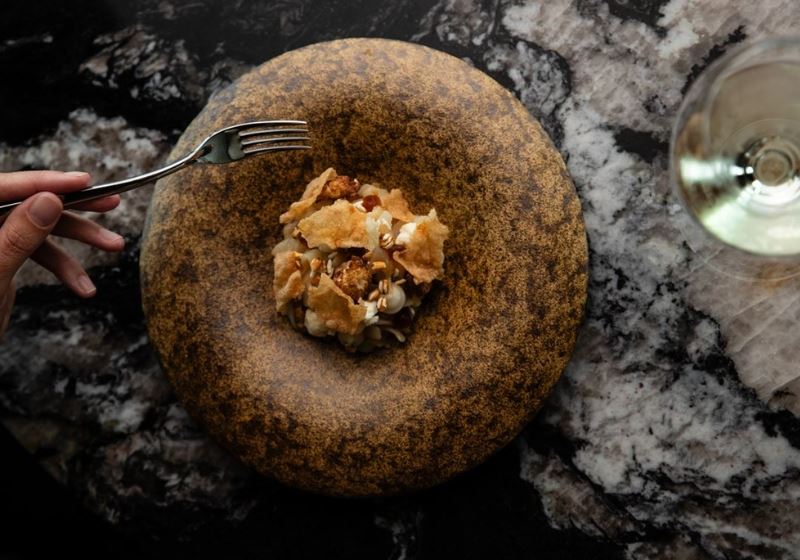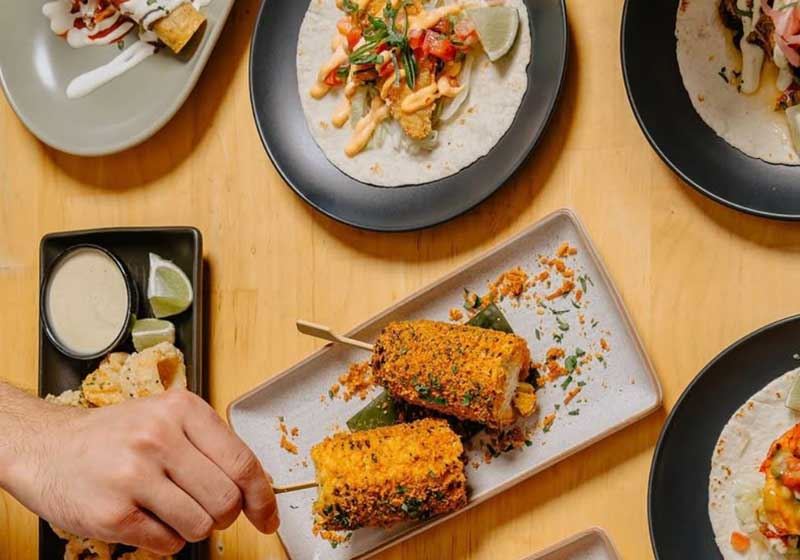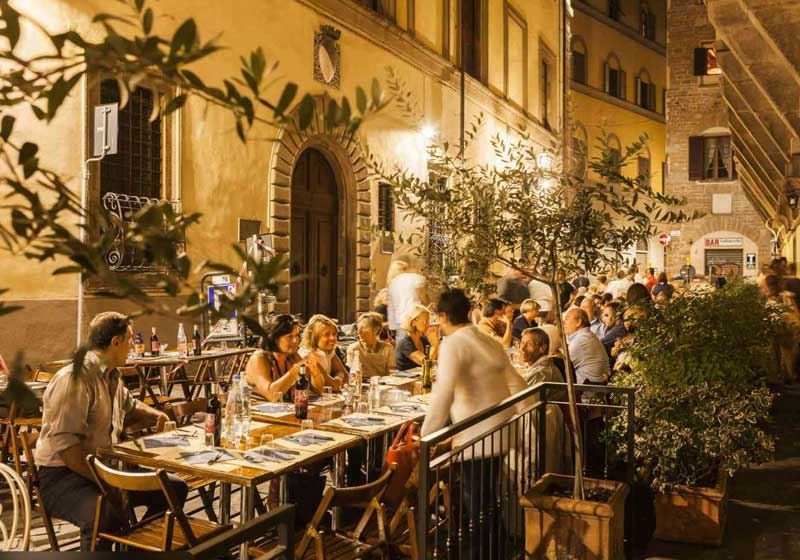By Marie-Antoinette Issa.
Wine is one of life’s pleasures. When it comes to drinking and serving wine, even the most seasoned enthusiasts can make a few ‘faux pas’.
From improper storage to chilling blunders, here’s a list of seven common wine mistakes people make and some easy ways to avoid them.
Storage solutions:
One of the biggest mistakes people make is storing wine in the wrong place. Heat, light and movement can spoil wine by affecting its delicate balance of flavours. Keeping wine above the fridge or near the oven, for instance, exposes it to temperature changes that can ruin its taste. Instead, store wine in a cool, dark place, ideally on its side, to keep the cork moist and prevent air from seeping in. A wine fridge is a great investment if you enjoy collecting bottles - it ensures the temperature and humidity stay just right.
Serving wine at the wrong temperature:
Serving wine too cold or too warm can mask its aromas and flavours. Most people know white wines should be chilled and reds served at room temperature, but there’s a bit more nuance to it. If white wine is too cold, it can taste flat and lose its complexity, so aim for around 8 C-12 C. Reds, meanwhile, are often best at a ‘cool room temperature’, or between 12 C-18 C. Light reds like Pinot Noir can be served slightly cooler, while full-bodied reds like Cabernet Sauvignon should be closer to room temperature.

Not letting wine breathe:
When wine is poured, it benefits from exposure to air, which helps release its aromas and flavours. Many people skip this step, which can be especially unfortunate for red wines. Letting a red wine breathe can make a significant difference, particularly if it’s young and tannic. For best results, decant your red wine by pouring it into a decanter and letting it sit for 30 minutes to an hour. For whites, swirling it in your glass will usually be enough to open up the aromas.
Using the wrong glass:
While it may seem trivial, glass shape really does matter when it comes to wine. A large, wide-bowled glass allows red wine to breathe and enhances the bold aromas, while white wine is better suited to a narrower, U-shaped glass, which helps preserve its cooler temperature and enhances the fresh, fruity notes. Champagne and sparkling wines should be poured into a flute, which keeps the bubbles from dissipating too quickly. Investing in the right glassware can truly elevate your wine experience.

Overfilling the glass:
We’ve all seen that overly generous pour that fills the glass right to the rim, but this mistake does more harm than good. A proper wine pour is typically around 150mL - about one-third of the glass. This allows enough room for swirling, which is essential for releasing the wine’s aroma. Swirling might look like a fancy move, but it actually lets oxygen in, helping the wine ‘open up’ and enhancing the taste.
Overlooking food pairing:
Pairing wine with food isn’t just about tradition; it’s about complementing and enhancing flavours. Pairing a delicate wine with a strong dish (or vice versa) can drown out the wine’s flavours or clash unpleasantly. A good rule of thumb is to match the weight of the wine with the weight of the food. For example, a light white wine like Sauvignon Blanc pairs well with seafood and salads, while a rich red like Shiraz or Malbec works with steaks and roasted meats. Don’t be afraid to experiment, but keep in mind that the right pairing can make all the difference.

Keeping wine too long after opening:
Once a bottle is opened, oxygen exposure begins to degrade the wine. Some people try to save an unfinished bottle for weeks, but this almost always leads to disappointment. Most wines will last two to five days in the fridge once opened and using a wine stopper or vacuum sealer can help preserve freshness. If you know you won’t finish a bottle, consider pouring the leftover wine into a smaller bottle to reduce air exposure, freeze it in ice cube trays to use in cooking later, or try one of our handy hacks for using your leftover wine.


